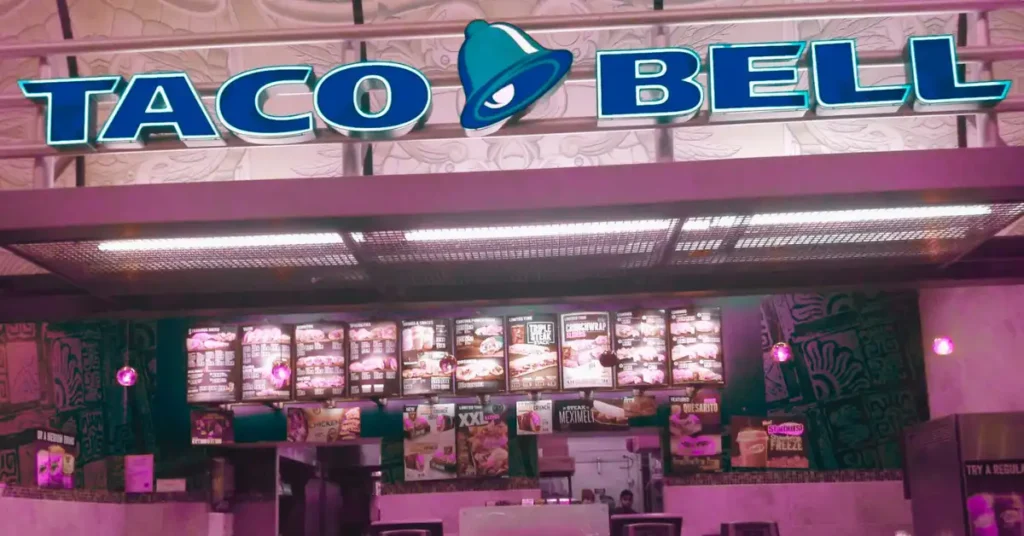
The restaurant industry has been facing tough times, and many well-known chains have recently filed for Chapter 11 bankruptcy. As a result, numerous locations have shut down, leaving employees and loyal customers wondering what’s next.
Table of Contents
In this article, we’ll take a closer look at some of the most iconic restaurant brands that have been affected, why they are struggling, and what the future may hold for them.
On the Border Mexican Grill & Cantina: A Sudden Collapse
One of the most shocking closures comes from On the Border Mexican Grill & Cantina, a popular Tex-Mex chain. The company filed for Chapter 11 bankruptcy in March 2025, citing financial struggles and declining sales.
Major Impacts of the Bankruptcy
- Around 80 locations—nearly two-thirds of the chain—have permanently closed.
- The closures have resulted in thousands of lost jobs.
- The remaining locations are attempting to restructure and stay afloat.
While On the Border was once known for its famous margaritas and sizzling fajitas, it has faced stiff competition from fast-casual brands like Chipotle, which offer more affordable and convenient options.
Bar Louie: Another Casual Dining Chain in Trouble
Bar Louie, a well-known gastropub-style restaurant, also filed for Chapter 11 bankruptcy on March 26, 2025.
Financial Struggles
- The company reported liabilities between $50 million and $100 million.
- Many locations were struggling with declining foot traffic and rising operational costs.
- Creditors, including major food suppliers, are still owed significant sums.
Bar Louie has been a popular late-night spot, but the rise of home delivery apps and changing drinking habits have hurt the business.
Buca di Beppo: The Italian Chain’s Fight for Survival

The family-style Italian restaurant Buca di Beppo has also fallen on hard times. The chain filed for bankruptcy in August 2024, seeking a buyer to help keep operations running.
Why Is Buca di Beppo Struggling?
- Shifts in dining trends: Customers now prefer smaller portions and takeout over large, dine-in meals.
- High lease costs: Many of Buca di Beppo’s locations are in prime real estate areas, making rent expenses unsustainable.
- Competition from local Italian restaurants: Many diners now prefer authentic, family-owned Italian eateries over large chains.
For now, the company is trying to stay afloat by selling off assets and closing unprofitable locations.
Red Lobster: A Seafood Giant in Trouble
Another legendary restaurant, Red Lobster, filed for Chapter 11 bankruptcy on May 20, 2024. The seafood chain has been struggling with rising food costs, declining foot traffic, and operational inefficiencies.
Key Challenges
- Higher seafood prices have shrunk profit margins.
- All-you-can-eat promotions backfired, leading to huge financial losses.
- Many customers have shifted to healthier dining options, avoiding chain seafood restaurants.
To survive, Red Lobster has been closing underperforming locations and trying to restructure its debt.
TGI Fridays: A Once-Popular Chain Now in Crisis
TGI Fridays, once one of the most iconic casual dining brands in the U.S., has been struggling for years. It filed for Chapter 11 bankruptcy four months ago, leading to widespread closures.
What Went Wrong?
- A sharp decline in customer visits—people now prefer fast-casual and delivery options over traditional sit-down restaurants.
- The COVID-19 pandemic significantly impacted dine-in traffic.
- The number of TGI Fridays locations in the U.S. has dropped from 269 to 163 in just a year.
Despite these struggles, the brand is working to modernize its menu and improve service in hopes of turning things around.
Why Are So Many Restaurant Chains Filing for Bankruptcy?
The restaurant industry is evolving, and traditional sit-down chains are struggling to keep up. Here are some of the biggest reasons why so many iconic brands are filing for Chapter 11 bankruptcy:
1. Changing Consumer Preferences
- More people prefer fast-casual and takeout over long sit-down meals.
- Health-conscious dining trends have shifted demand away from traditional chain restaurants.
2. Financial Struggles
- High rent and labor costs make it hard for chains to stay profitable.
- Many chains took on too much debt, making it difficult to operate.
3. Competition From Smaller Restaurants
- Independent, locally owned restaurants have become more popular, offering unique and personalized dining experiences.
4. The Rise of Delivery Apps
- Food delivery services like Uber Eats and DoorDash have changed how people dine, reducing foot traffic for traditional restaurants.
What’s Next for These Struggling Chains?
Although these restaurant brands are closing locations, some are hoping to survive by restructuring, downsizing, and changing their menus. Others may be acquired by larger restaurant groups, while some may disappear entirely.
Here are some possible outcomes:
- Mergers and acquisitions: Larger restaurant corporations may buy struggling chains and attempt to revive them.
- Menu innovation: Brands may shift to healthier, more modern offerings.
- Smaller locations: Some chains may move to fast-casual models with smaller, more efficient restaurants.
While some of these legendary brands may survive, others may fade into history like many other once-popular chains.
Conclusion
The wave of Chapter 11 bankruptcies in the restaurant industry is a clear sign that the dining landscape is shifting. Chains that fail to adapt to changing customer preferences, rising costs, and new competition will continue to struggle.
For loyal customers, the closures of On the Border, Bar Louie, Red Lobster, Buca di Beppo, and TGI Fridays mark the end of an era. Whether these brands reinvent themselves or disappear for good remains to be seen.
FAQs
1. Why are so many restaurants filing for bankruptcy?
Many restaurants are struggling due to rising costs, changing dining trends, and increased competition from fast-casual and delivery services.
2. Will On the Border and Red Lobster close all their locations?
Not necessarily. While they are closing underperforming locations, some outlets may stay open under new management or restructuring plans.
3. Can these chains recover from bankruptcy?
Some might restructure and survive, while others may shut down permanently. It depends on how they adapt to industry changes.
4. What is Chapter 11 bankruptcy?
Chapter 11 bankruptcy allows businesses to restructure their debts and reorganize operations while continuing to operate.
5. How can customers help their favorite restaurants?
Supporting restaurants by dining in, ordering takeout, or purchasing gift cards can help struggling businesses stay afloat.





